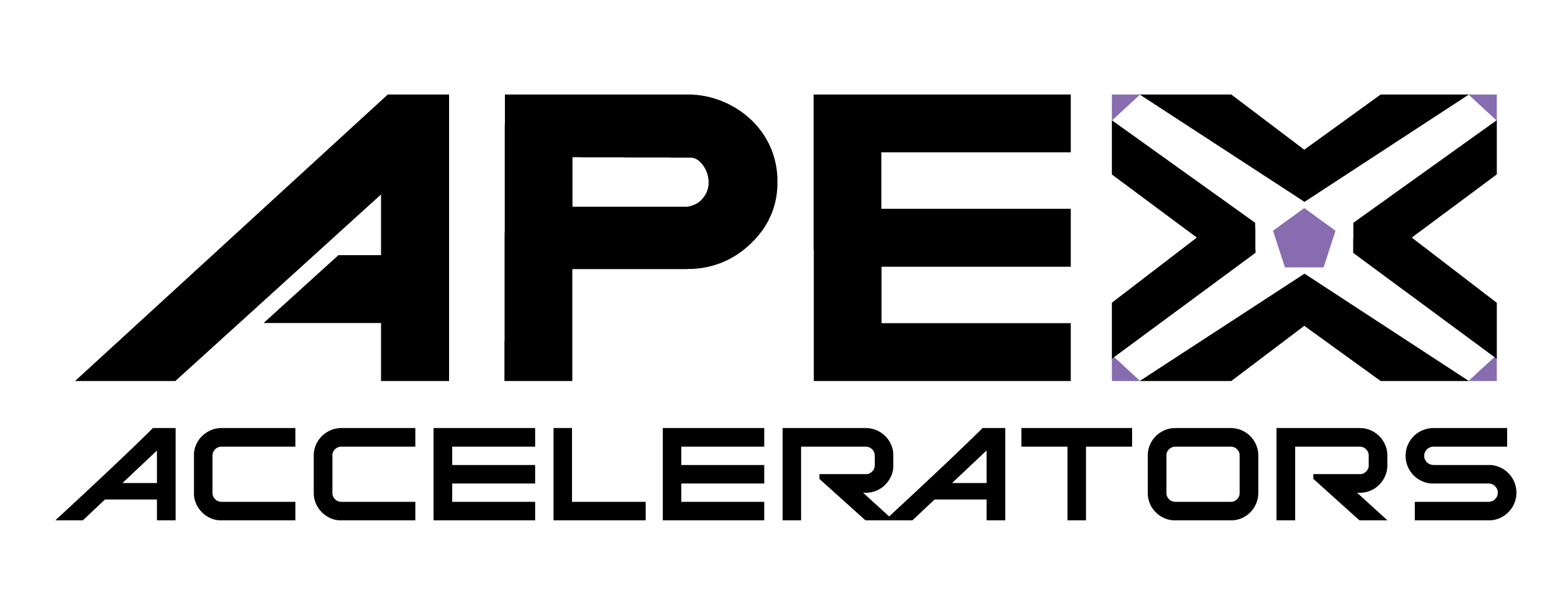Generator Rental/Lease for the Government at Marine Corps Base Quantico
Note: There have been new actions to this contract opportunity. To view the most recent action, please click here.
Looking for contract opportunity help?
APEX Accelerators are an official government contracting resource for small businesses. Find your local APEX Accelerator (opens in new window) for free government expertise related to contract opportunities.
APEX Accelerators are funded in part through a cooperative agreement with the Department of Defense.
The APEX Accelerators program was formerly known as the Procurement Technical Assistance Program (opens in new window) (PTAP).
General Information
- Contract Opportunity Type: Solicitation (Updated)
- Updated Published Date: Sep 14, 2022 08:38 am EDT
- Original Published Date: Sep 09, 2022 04:37 pm EDT
- Updated Date Offers Due: Sep 16, 2022 11:00 am EDT
- Original Date Offers Due: Sep 16, 2022 11:00 am EDT
- Inactive Policy: 15 days after date offers due
- Updated Inactive Date: Oct 01, 2022
- Original Inactive Date: Oct 01, 2022
- Initiative:
- None
Classification
- Original Set Aside:
- Product Service Code: W061 - LEASE OR RENTAL OF EQUIPMENT- ELECTRIC WIRE AND POWER DISTRIBUTION EQUIPMENT
- NAICS Code:
- 532490 - Other Commercial and Industrial Machinery and Equipment Rental and Leasing
- Place of Performance: Quantico , VA 22134USA
Description
The action resulting from this opportunity will be a Firm Fixed Price (FFP) Purchase Order.
The purpose of this requirement is to mitigate impacts to key tenant units aboard MCB Quantico during upcoming electrical outages.
Interested parties shall review the attached Combined Synopsis/Solicitation and SALIENT CHARACTERISTICS.
Attachments/Links
Contact Information
Contracting Office Address
- MCINCR-MCBQ ATTN: DIR REGIONAL CONTRACTING
- QUANTICO , VA 22134
- USA
Primary Point of Contact
- Robert Maher
- robert.maher@usmc.mil
- Phone Number 7037840827
Secondary Point of Contact
- Michael Condon
- michael.condon@usmc.mil
- Phone Number 703-784-3594
History
- Oct 05, 2022 11:56 pm EDTSolicitation (Updated)
- Sep 14, 2022 08:38 am EDTSolicitation (Updated)
- Sep 09, 2022 04:37 pm EDTSolicitation (Original)


